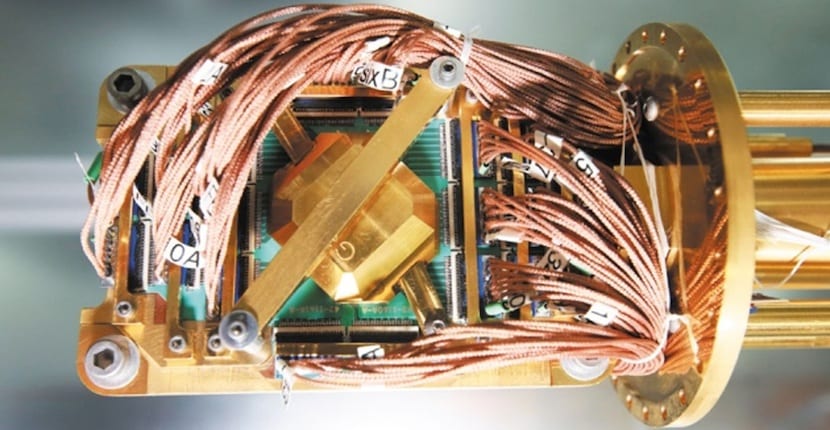
Without a doubt in the University of Maryland have achieved a very important milestone in the history of computing thanks to the creation of what is today the first programmable quantum computer of the world, a characteristic that had not been achieved to date. According to the article published by its creators in NatureApparently we are talking about a computer that today works with five quantum bits or qubits, a capacity that could be expanded thanks to its scalability.
The team responsible for this work, led by the Dr. Shantanu Debnath, has decided to base his work on one of the oldest architectures, which was devised in 1995 by Spanish and Austrian physicists Juan Ignacio Cirac y Peter zoller. In this architecture, quantum bits are stored in individual atomic ions that are 'trapped' in line thanks to the use of magnetic fields and powerful laser systems.
They create the world's first programmable quantum computer at the University of Maryland.
Thanks to this technology, the human being is about to reach the necessary methodology to create computers much more powerful and faster. Of course, for this the way of working of current computers will be discarded, that is, all that methodology of logic gates, zeros and ones to work with the rules of quantum physics. This would allow a much higher speed and above all to be able to solve problems with a efficiency Awesome.
Now, at the moment all scientists and engineers face a rather big problem that has a lot to do with the system created, be it the prototype of the University of Maryland or the quantum computers with which they work at IBM or Google. , they are too small and they only allow to solve simple algorithms being, sometimes, even slower than a conventional computer.
According to the work published by this group of researchers in the journal Nature, we have an example of efficiency in how in a quantum computer there are algorithms that would allow calculate math operations in one step whereas a conventional computer needs to perform various operations. The study, in turn, shows a 98% efficiency at the time of carrying out these operations.